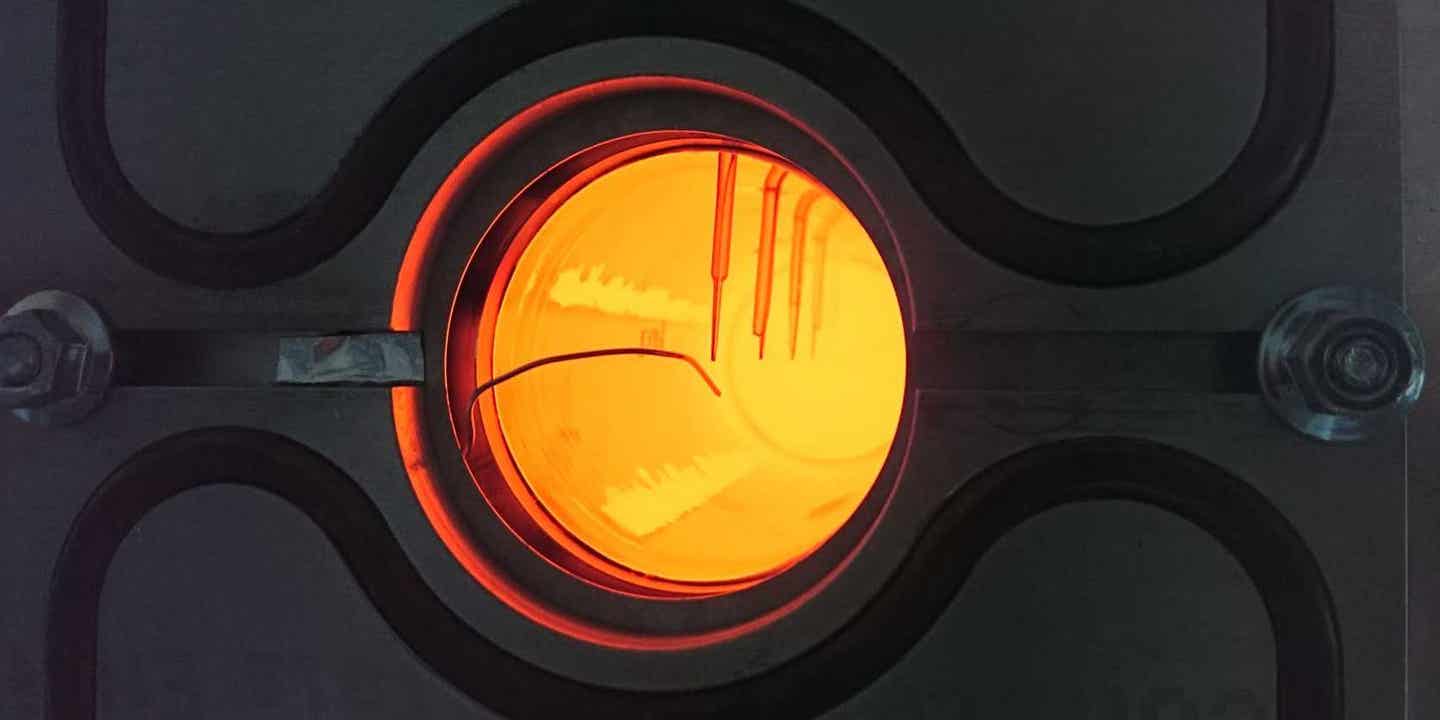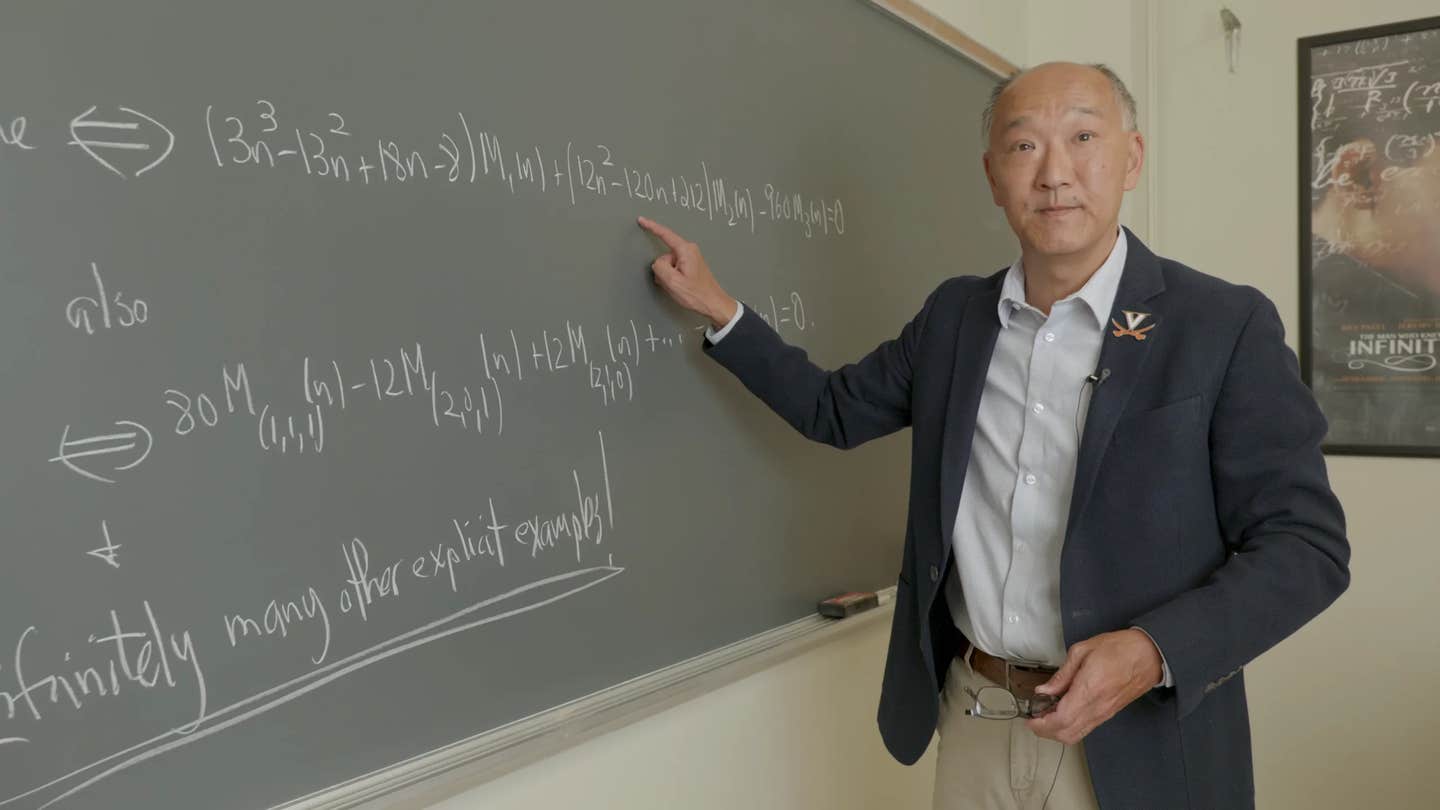Sunlight-trapping device generates temperatures over 1000°C – decarbonizing energy-intensive industries
The main component of the thermal trap is a cylinder made of quartz. In the experiments, it reached a temperature of 1050 degrees Celsius.

In a groundbreaking effort to reduce carbon emissions from energy-intensive industries, researchers in Switzerland have developed a method to harness solar heat for industrial processes such as steel smelting and cement production.
This innovative approach, detailed in a study published in the journal Device, utilizes synthetic quartz to capture solar energy at temperatures exceeding 1,000°C (1,832°F), potentially revolutionizing how these industries operate.
"To tackle climate change, we need to decarbonize energy in general," explains Emiliano Casati, the corresponding author from ETH Zurich, Switzerland. "People tend to only think about electricity as energy, but in fact, about half of the energy is used in the form of heat."
The Role of High-Temperature Processes in Modern Industry
Glass, steel, cement, and ceramics are foundational to modern civilization, necessary for constructing everything from car engines to skyscrapers. Producing these materials requires extremely high temperatures, traditionally achieved by burning fossil fuels, which contributes significantly to global carbon emissions. These industries consume approximately 25% of the world's energy, highlighting the urgent need for cleaner alternatives.
Solar Receivers and the Thermal-Trap Effect
Researchers have previously explored solar receivers, devices that concentrate sunlight using thousands of sun-tracking mirrors to generate heat. However, efficiently transferring solar energy at temperatures above 1,000°C has been a challenge.
To address this, Casati and his team turned to semitransparent materials like synthetic quartz, which can trap sunlight through a phenomenon known as the thermal-trap effect.
Related Stories
The team designed a thermal-trapping device by attaching a synthetic quartz rod to an opaque silicon disk, which acts as an energy absorber. When exposed to an energy flux equivalent to the light from 136 suns, the absorber plate reached 1,050°C (1,922°F), while the other end of the quartz rod remained at 600°C (1,112°F).
"Previous research has only managed to demonstrate the thermal-trap effect up to 170°C (338°F)," Casati notes. "Our research showed that solar thermal trapping works not just at low temperatures, but well above 1,000°C. This is crucial to show its potential for real-world industrial applications."
Efficiency and Simulation of Thermal-Trapping
Using a heat transfer model, the team simulated the quartz's thermal-trapping efficiency under various conditions. The model revealed that thermal trapping can achieve the target temperature at lower solar concentrations or higher thermal efficiency at equal concentrations.
For instance, a state-of-the-art unshielded receiver operates at 40% efficiency at 1,200°C with a concentration of 500 suns. In contrast, a receiver shielded with 300 mm of quartz achieves 70% efficiency at the same temperature and concentration. To match this performance, an unshielded receiver would need a concentration of at least 1,000 suns.
Future Directions and Industrial Implications
Casati and his colleagues are focused on optimizing the thermal-trapping effect and exploring new applications for this method. Their research has shown promising results with different materials, such as various fluids and gases, enabling them to reach even higher temperatures.
The team also observed that the ability of semitransparent materials to absorb light or radiation is not limited to solar radiation, potentially broadening the range of applications.
"Energy issue is a cornerstone to the survival of our society," emphasizes Casati. "Solar energy is readily available, and the technology is already here. To really motivate industry adoption, we need to demonstrate the economic viability and advantages of this technology at scale."
This innovation represents a significant step towards decarbonizing energy-intensive industries. By harnessing solar heat through the thermal-trap effect, it offers a viable alternative to fossil fuels for high-temperature processes. If successfully scaled and economically validated, this technology could play a pivotal role in reducing global carbon emissions and combating climate change.
For more science news stories check out our New Innovations section at The Brighter Side of News.
Note: Materials provided above by The Brighter Side of News. Content may be edited for style and length.
Like these kind of feel good stories? Get the Brighter Side of News' newsletter.
Joseph Shavit
Head Science News Writer | Communicating Innovation & Discovery
Based in Los Angeles, Joseph Shavit is an accomplished science journalist, head science news writer and co-founder at The Brighter Side of News, where he translates cutting-edge discoveries into compelling stories for a broad audience. With a strong background spanning science, business, product management, media leadership, and entrepreneurship, Joseph brings a unique perspective to science communication. His expertise allows him to uncover the intersection of technological advancements and market potential, shedding light on how groundbreaking research evolves into transformative products and industries.



